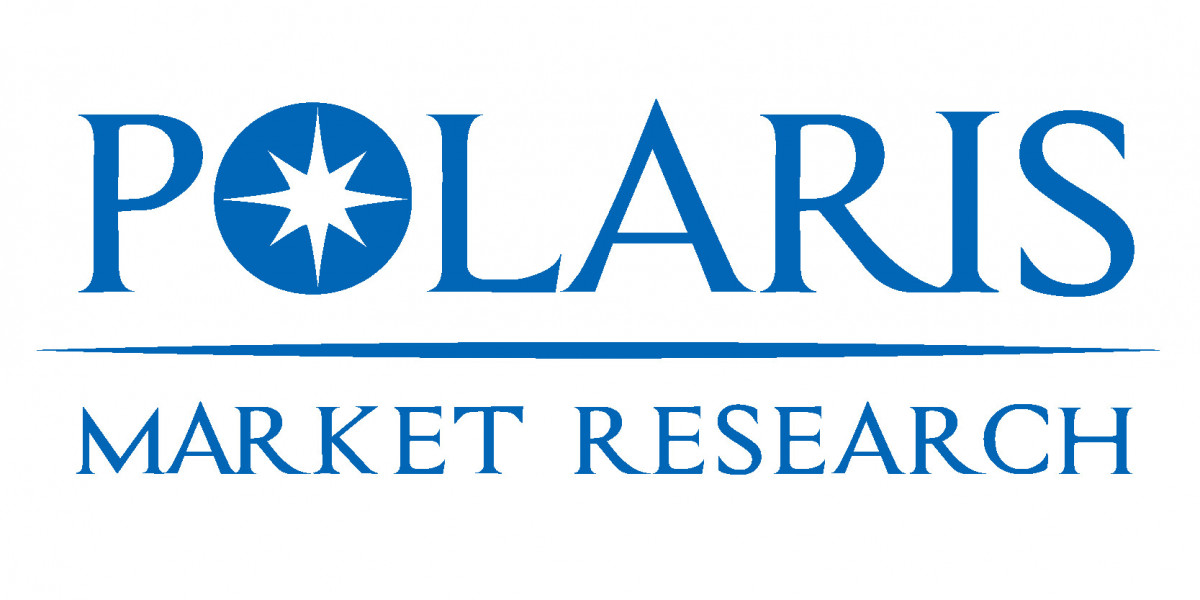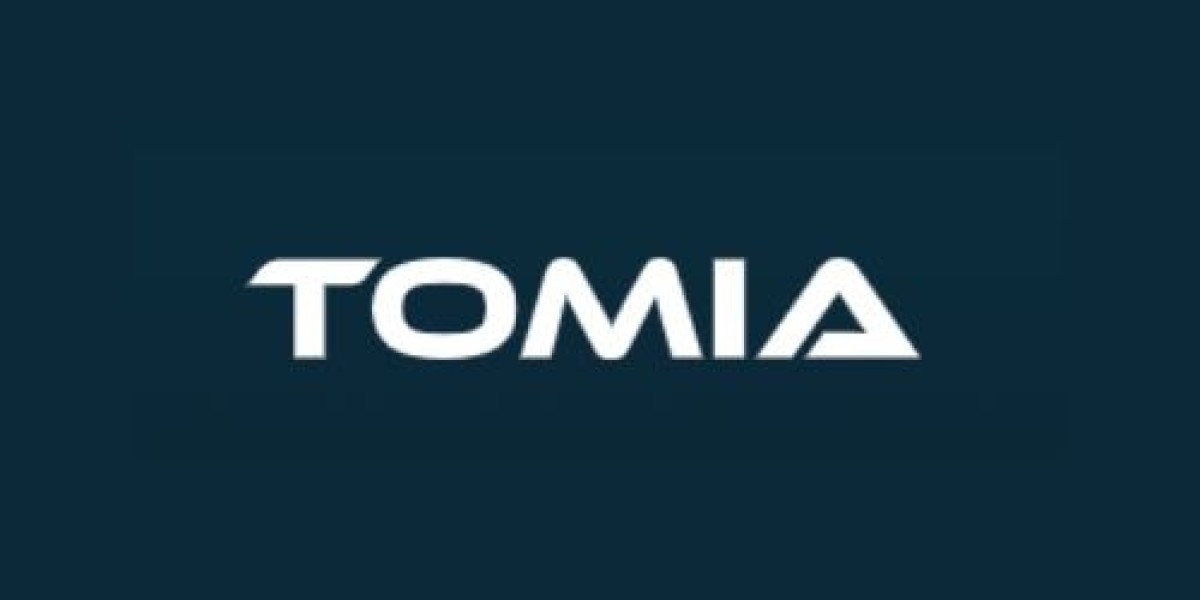Imagine you run a growing business and are constantly faced with questions like, "How much inventory should we stock next month?" or "Will demand spike during the holiday season?" This is exactly why demand forecasting is vital.
Explore key demand forecasting methods to optimize decision-making: https://thousense.ai/pricing
Simply put, demand forecasting is predicting future customer demand for products or services, helping businesses make smarter decisions about inventory, production, and supply chain management. However, traditional methods of demand forecasting can be complex, time-consuming, and often inaccurate.
This next-generation, AI-powered platform revolutionizes demand forecasting by seamlessly combining the four major forecasting methods into a single, user-friendly solution. But what exactly are these four methods, and how can thouSense enhance each one?
In this blog, we'll explore what demand forecasting is, the four methods - qualitative forecasting, time series forecasting, causal forecasting, and simulation forecasting- and how each method plays a unique role in accurate demand prediction.
What is Demand Forecasting and Its Types?
Demand forecasting is estimating future customer demand for a product or service. It helps businesses make smarter decisions regarding inventory management, production planning, supply chain optimization, and financial budgeting. The four primary methods of demand forecasting include:
- Qualitative Forecasting: Uses expert opinion and market research; ideal for situations lacking historical data.
- Time Series Forecasting: This relies on historical sales data patterns to predict future trends.
- Causal Forecasting: Identifies relationships between demand and external factors such as price changes or market conditions.
- Simulation Forecasting: Employs scenario-based modeling to evaluate different "what-if" scenarios, helping businesses prepare for uncertainty.
Qualitative Forecasting: Human Judgment Meets Intelligence
What it is
Qualitative demand forecasting relies on human judgment and expert insights rather than purely numerical data. Techniques include expert opinions, market research, customer surveys, and the Delphi method, where experts collaborate to form consensus-based forecasts.
When to use it
Qualitative methods are particularly useful when launching new products or entering new markets where historical data is unavailable. In such scenarios, insights from experts who deeply understand customer behavior and market trends become invaluable.
Challenges
However, qualitative forecasting can be subjective and biased. It heavily depends on the experience and intuition of people involved, meaning different experts might produce dramatically different forecasts.
How thouSense enhances It
thouSense solves this problem by integrating qualitative inputs with AI-driven analytics. It evaluates external market data, competitor activities, and macroeconomic signals, adding objectivity and depth to qualitative forecasts. Thus, human insights become more accurate and trustworthy when combined with thouSense’s sophisticated machine learning capabilities.
Time Series Forecasting: Learning from the Past
What it is
Time series forecasting predicts future demand based solely on historical data patterns. It includes methods like moving averages, exponential smoothing, and ARIMA (auto-regressive integrated Moving Average), all widely used in industries with regular and predictable demand cycles.
When to use it
This method shines in stable environments where seasonality and trends occur regularly, like retail sales during holidays, seasonal food products, or fashion items.
Challenges
Yet, time series forecasting struggles to cope with sudden disruptions, like supply chain problems, pandemics, or abrupt market changes, making it vulnerable to inaccuracies during unusual periods.
How thouSense enhances it
thouSense tackles this by automatically detecting patterns, trends, and anomalies in real-time. Its advanced AI algorithms quickly adapt to new demand signals, ensuring that your forecasts stay relevant even amidst market turbulence. With thouSense, historical data is just the beginning; the real power lies in intelligent, continuous learning from changing market dynamics.
Causal Forecasting: Understanding What Drives Demand
What it is
Causal forecasting identifies relationships between external factors and product demand. For instance, demand for ice cream increases during hot weather and the holiday season triggers higher gift purchases. Techniques under this method include regression analysis and econometric modeling, both useful in quantifying these cause-and-effect relationships.
When to use it
This type of demand forecasting is ideal when demand clearly responds to external variables like pricing changes, promotions, weather conditions, economic trends, or advertising campaigns.
Challenges
However, causal forecasting is data-intensive and complex. Accurately mapping relationships requires quality datasets and advanced analytical expertise, which can be difficult to maintain consistently.
How thouSense enhances it
thouSense takes causal forecasting to the next level. It integrates diverse internal and external data sources, such as weather forecasts, currency fluctuations, inflation rates, and social media sentiment, through powerful AI algorithms. This comprehensive data integration means you get highly accurate, predictive insights into exactly what drives your demand.
Simulation Forecasting: Planning for Every Scenario
What it is
Simulation forecasting uses advanced mathematical models, such as Monte Carlo simulations, to create “what-if” scenarios. It allows businesses to test various outcomes by changing inputs like pricing, competitor actions, or supply chain disruptions.
When to use it
This method is invaluable in high-risk, uncertain environments or when preparing for sudden demand shocks like economic crises or unexpected market events.
Challenges
Simulation forecasting, although powerful, can be computationally demanding and tough to manage manually, especially for businesses with limited analytical resources.
How thouSense enhances it
thouSense simplifies simulation forecasting dramatically by automating the creation of scenarios and visually presenting results through intuitive dashboards. It swiftly runs multiple simulations in seconds, enabling proactive decision-making. With thouSense, scenario planning becomes effortless, allowing you to prepare confidently for both best-case and worst-case scenarios.
Why Combining All Four Methods Works Best
No single method of demand forecasting can provide flawless predictions. Businesses today operate in dynamic markets, facing uncertainties from various directions. Relying solely on historical data or expert judgment leaves significant gaps.
This is precisely why combining qualitative, time series, causal, and simulation forecasting yields the most robust results. A hybrid approach ensures higher accuracy, adaptability, and resilience against market volatility, exactly the approach thouSense AI embodies.
The thouSense Advantage
thouSense isn't merely another forecasting tool; it’s a complete solution to modern demand forecasting challenges. Here are some key features that set thouSense apart:
- Real-Time Dashboards: Get instant visibility into demand patterns, enabling timely decisions.
- 24-Month Advanced Forecasting: Accurately plan up to two years ahead.
- KPI Monitoring & Exception Handling: Easily spot unusual patterns and proactively adjust strategies.
- Planner Support & External Data Integration: Combine internal metrics with external market signals to fine-tune predictions.
These features ensure reduced stockouts, better customer satisfaction, optimized inventory, and improved profitability.
thouSense achieves this integration precisely, empowering businesses to forecast accurately and respond quickly to market changes. By leveraging the strengths of all four methods, thouSense provides an adaptable and comprehensive forecasting solution built specifically for today’s dynamic business environment.
Conclusion
In summary, effective demand forecasting is not about choosing one method over another; it’s about intelligently integrating qualitative insights, time series analysis, causal relationships, and scenario simulations.
Ready to revolutionize your demand forecasting strategy? Take advantage of a 30-day free trial or schedule a personalized live demo with thouSense today. Discover how thouSense AI can streamline your forecasting process, enhance accuracy, and significantly improve your bottom line.
Source: https://www.rumorcircle.com/blogs/67978/What-are-the-Four-Methods-of-Demand-Forecasting







